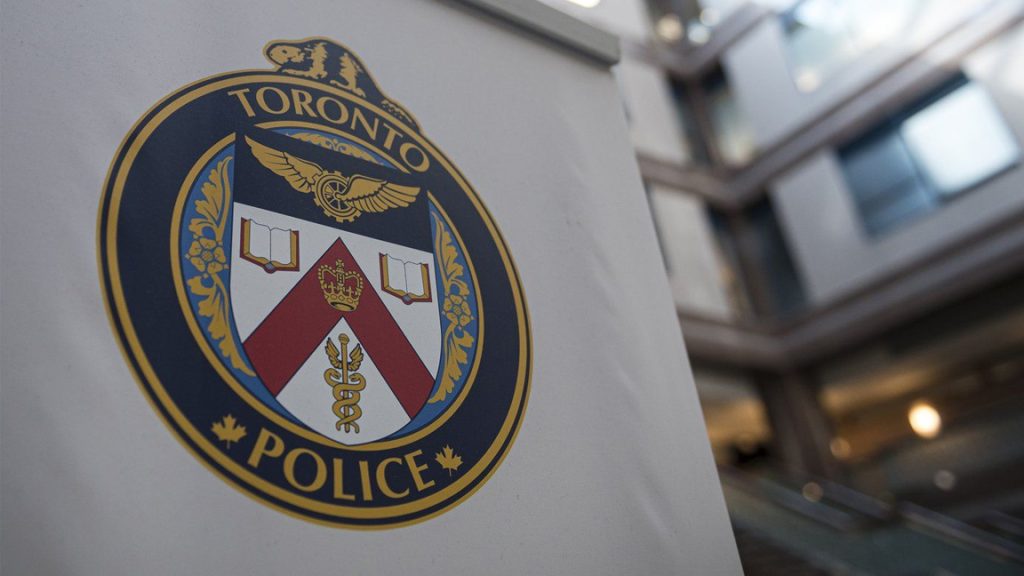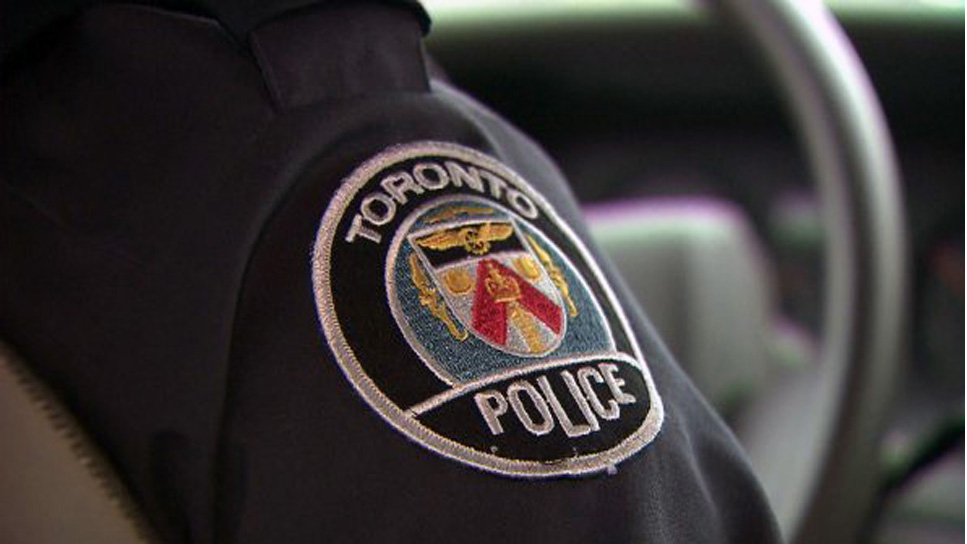Pathologist describes fatal gunshot wounds at Desmond inquiry in Nova Scotia
Posted January 30, 2020 1:13 pm.
GUYSBOROUGH, N.S. — A forensic pathologist has testified that an Afghanistan war veteran shot his wife, daughter and mother from about one metre away before firing a bullet into his own forehead.
Dr. Erik Mont, Nova Scotia’s deputy chief medical examiner, provided expert evidence to a public inquiry into the Lionel Desmond case in Guysborough, N.S., today.
Mont also testified that the autopsy indicated Desmond — who was suffering from PTSD after returning from Afghanistan in 2007 — had traces of the antidepressant drug trazodone in his body.
Mont said his team’s autopsy showed that Shanna Desmond, the former soldier’s spouse, had two bullets lodged in her body after entering her chest and abdomen. Another bullet passed through her neck. The pathologist said Shanna died “within seconds,” noting the neck wound severed her spinal cord from her brain.
He said the death of Desmond’s 10-year-old daughter occurred within “minutes” after a single shot entered through her jaw and into her chest. Desmond’s mother, Brenda, also died in “minutes” after a single shot went through her back shoulder and neck, then lodged in her body.
The five-week inquiry is examining whether Desmond had access to mental health and domestic violence services — and whether he should have been able to buy a gun on Jan. 3, 2017, the date of the killings in Upper Big Tracadie.
RCMP investigators have testified during the first week of hearings that the veteran had struggled to cope with daily life after returning from Afghanistan in 2007, and had conflicts with his spouse.
The pathologist said Desmond shot himself between the eyebrows and his death was “essentially instantaneous” due to massive injuries to the brain.
He said the extent of the head injury made it almost impossible to test for signs of the brain injury known as chronic traumatic encephalopathy, or CTE, in the former soldier’s brain.
The autopsy detected meta-chlorophenylpiperazine, or MCPP, a metabolite of the antidepressant drug trazodone, which is used to treat depression.
Stewart Hayne, the lawyer representing doctors who interacted with Desmond, asked about other drugs, including medicinal marijuana and quetiapine, an antipsychotic medicine.
Mont confirmed those drugs were not detected, and indicated Desmond hadn’t taken marijuana within three days and “there was no detectable quetiapine” in his body at the time of his death.
The inquiry has heard that Dr. Paul Smith, a family physician who worked at Canadian Forces Base Gagetown in New Brunswick, was the man responsible for granting Desmond approval for a firearms licence, even though he was aware of the veteran’s PTSD diagnosis.
The inquiry heard during Hayne’s opening statement that Smith had prescribed medical marijuana for Desmond in July 2015 to help him cope with major depressive disorder and PTSD.
Three months later, Desmond told Smith the drug had helped reduce his anxiety and depression, while virtually eliminating his suicidal thoughts.
However, Hayne said Desmond had stopped using medical marijuana by February 2016, which is when Desmond asked Smith to sign off on a medical assessment form for a firearms licence.
Though Smith was aware that Desmond was experiencing marital problems, he “felt comfortable completing the form indicating that he had no concerns that Mr. Desmond posed a safety risk to himself or others,” Hayne said.
This report by The Canadian Press was first published Jan. 30, 2020.
The Canadian Press










